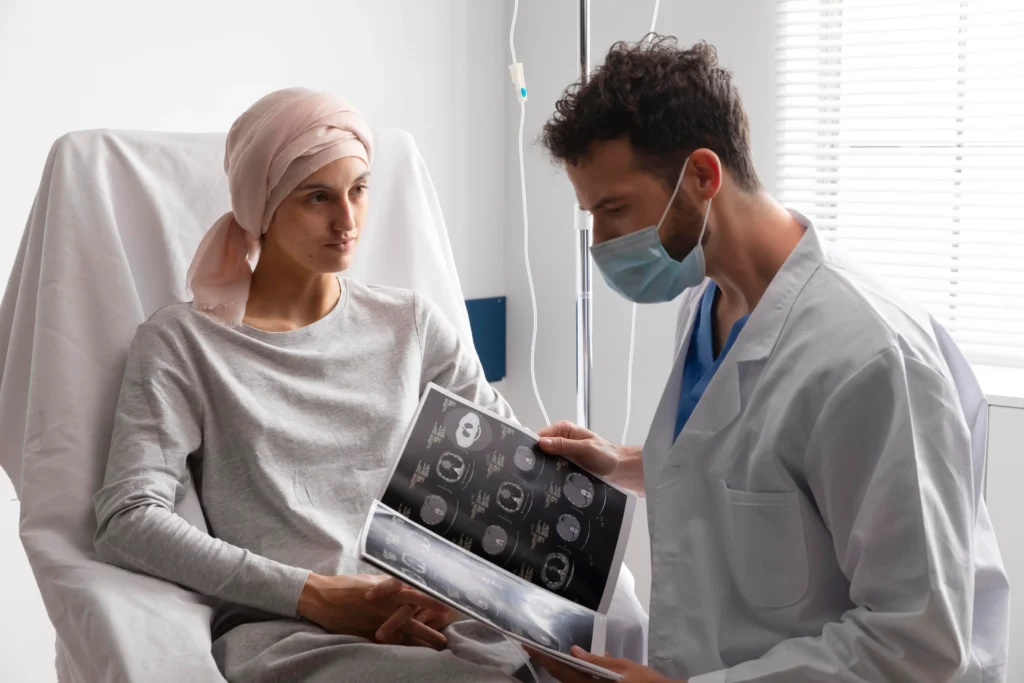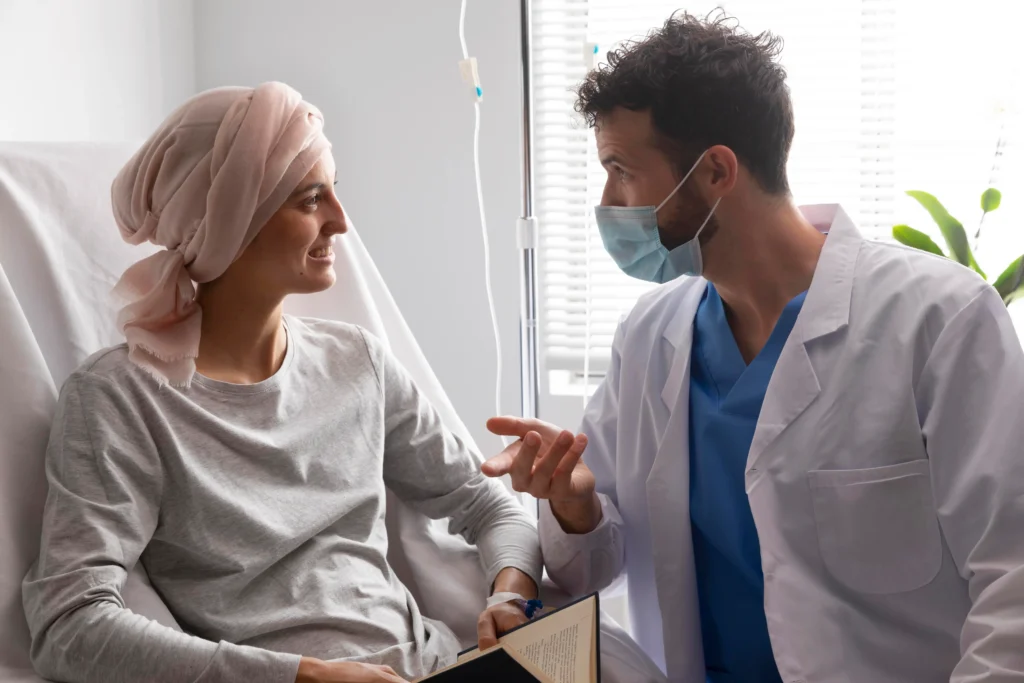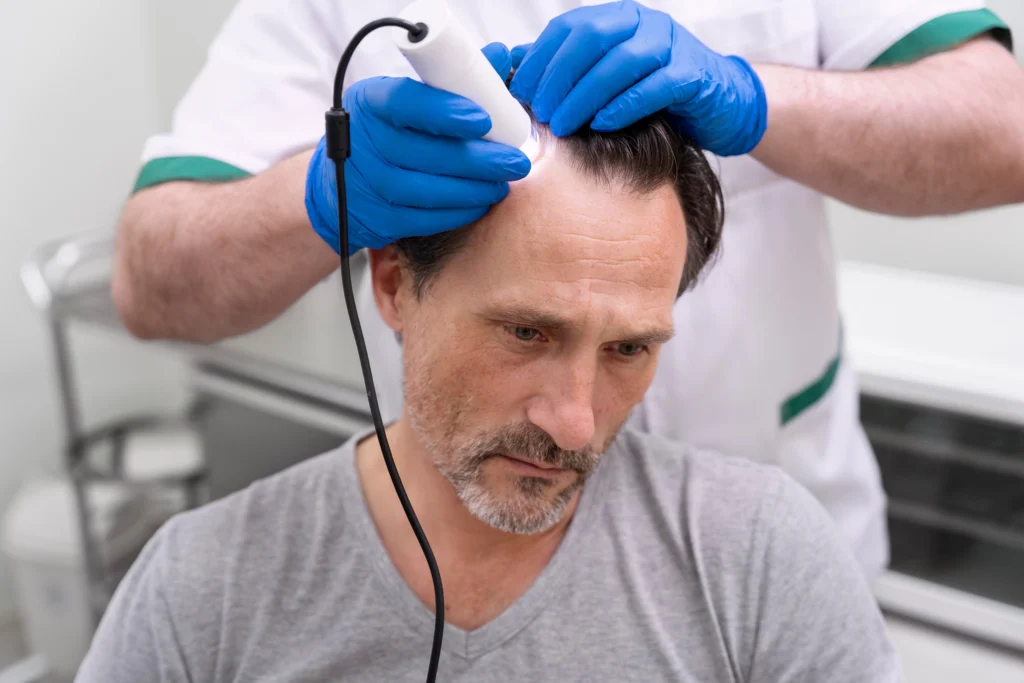Early Detection of Cancer: Current Status and Future Prospects
Early Detection of Cancer: Current Status and Future Prospects Cancer is one of the leading causes of death worldwide, and its burden continues to grow. However, early detection remains a cornerstone in improving cancer outcomes, as many cancers are more treatable in their initial stages. Early diagnosis can lead to more effective interventions, lower treatment costs, and better survival rates. Despite significant advancements, several challenges remain in ensuring timely detection. This blog provides an overview of the current status of early cancer detection, the methods and technologies available, their limitations, and future directions. Why Early Detection is Crucial Improved Survival Rates Early-stage cancers are often localized and easier to treat. For instance, the five-year survival rate for early-stage breast cancer exceeds 90%, compared to less than 30% for advanced stages. Less Aggressive Treatment Early detection allows for less invasive treatment options, reducing side effects and preserving the patient’s quality of life. Cost Savings Treating early-stage cancer is significantly less expensive than managing advanced disease, alleviating the financial burden on patients and healthcare systems. Current Methods for Early Cancer Detection Screening ProgramsScreening involves testing asymptomatic individuals at risk for specific cancers. Some of the most common screening modalities include: Mammography Used for breast cancer screening. Limitations: May miss some cancers in dense breast tissue; risk of false positives. Colonoscopy and Fecal Occult Blood Test (FOBT) Used for colorectal cancer detection. Limitations: Invasive, expensive, and may have low adherence rates. Low-Dose Computed Tomography (LDCT) Used for lung cancer screening in high-risk individuals (e.g., heavy smokers). Limitations: Risk of radiation exposure and overdiagnosis. Pap Smear and HPV Testing Used for cervical cancer screening. Highly effective in reducing the incidence of cervical cancer. Prostate-Specific Antigen (PSA) Test Used for prostate cancer detection. Limitations: Controversy over its utility due to potential overdiagnosis and overtreatment. Imaging TechniquesImaging plays a key role in early detection, particularly for cancers like breast, lung, and liver cancers. Advances in imaging technology, such as 3D mammography, CT, MRI, and PET scans, have improved sensitivity and specificity. Biomarker-Based TestsBlood or urine tests that detect cancer-associated biomarkers are gaining traction. Examples include: CA-125 for ovarian cancer. AFP (Alpha-fetoprotein) for liver cancer. CEA (Carcinoembryonic Antigen) for colorectal cancer. However, many biomarkers lack the specificity and sensitivity needed for widespread use. Liquid BiopsyLiquid biopsies analyze circulating tumor DNA (ctDNA), circulating tumor cells (CTCs), and exosomes in bodily fluids to detect cancer. This minimally invasive technique holds promise for detecting cancers at early stages. Current applications include multi-cancer early detection (MCED) tests, such as Galleri, which identifies multiple cancers through ctDNA analysis. Challenges in Early Detection Limited Screening Coverage Many individuals do not participate in recommended screening programs due to lack of awareness, access, or affordability. Overdiagnosis and Overtreatment Some screening tests detect indolent cancers that may never cause symptoms, leading to unnecessary treatments and anxiety. False Positives and Negatives Screening tests can yield false-positive results, leading to unnecessary biopsies and procedures. Conversely, false negatives can delay diagnosis. Lack of Universal Screening Tests Most cancers lack reliable screening tools, particularly for pancreatic, ovarian, and liver cancers, which are often diagnosed at advanced stages. Access and Equity Socioeconomic disparities affect access to screening programs, particularly in low- and middle-income countries. Tumor Heterogeneity The genetic and biological variability of tumors complicates the development of universally effective diagnostic tests. Emerging Technologies in Early Detection Artificial Intelligence (AI) and Machine Learning AI-powered algorithms are revolutionizing cancer detection by improving the accuracy of imaging and pathology analysis. Examples: AI in mammography for identifying subtle signs of breast cancer. AI-assisted colonoscopy for detecting polyps during endoscopy. Liquid Biopsy and Multi-Cancer Early Detection (MCED).Emerging technologies like liquid biopsy enable early detection of multiple cancers from a single blood test. Advantages: Non-invasive, real-time monitoring, and potential for wide-scale screening. Challenges: High cost and the need for further validation. Genomics and Epigenomics Advanced genomic techniques analyze DNA mutations, methylation patterns, and other molecular alterations associated with early cancer. Example: Detection of BRCA mutations for breast and ovarian cancer risk assessment. Wearable Devices and Biosensors Innovative devices capable of monitoring physiological changes, such as heart rate, temperature, or metabolic markers, may provide early warning signs of cancer. Immunological Approaches Research into immune surveillance mechanisms is driving the development of blood-based tests to detect immune responses to early tumors. Advancements in Cancer Screening Programs Risk-Based Screening Stratifying individuals based on genetic, lifestyle, and environmental risk factors to tailor screening programs. Targeted Outreach Leveraging community health initiatives and telemedicine to improve access and adherence to screening programs in underserved populations. Integration of AI AI is being incorporated into national screening programs to enhance the efficiency and accuracy of detection. Public-Private Collaborations Collaboration between governments, healthcare organizations, and tech companies is driving innovation in cancer screening tools. Impact of Early Detection on Specific Cancers Breast Cancer Advancements in 3D mammography and AI are improving the accuracy of detection, particularly in dense breast tissue. Lung Cancer Low-dose CT has shown promise in reducing mortality in high-risk individuals, though uptake remains limited due to accessibility challenges. Colorectal Cancer Stool-based DNA tests and advancements in colonoscopy techniques are making colorectal cancer screening more effective. Pancreatic Cancer Efforts are underway to develop liquid biopsy-based tests for detecting pancreatic cancer in its early stages, given the lack of effective screening tools. Future Directions in Early Detection Universal Multi-Cancer Screening Liquid biopsy-based MCED tests may become a cornerstone of population-wide screening, potentially transforming cancer prevention. Integration of Big Data The use of big data and health informatics to identify high-risk individuals and predict cancer trends. Personalized Screening Protocols Developing individualized screening schedules based on genetic predisposition, lifestyle, and environmental exposures. Public Health Initiatives Governments and organizations must prioritize public awareness campaigns and subsidized screening programs to improve participation rates. Global Collaboration Sharing knowledge, resources, and technologies across countries to bridge gaps in cancer detection. Conclusion Early detection of cancer is a critical step in improving survival rates and reducing the burden of the disease. While significant progress has been made with



